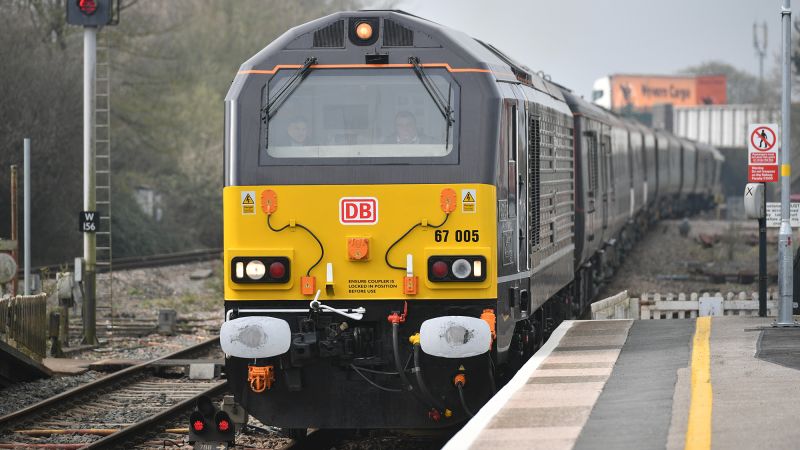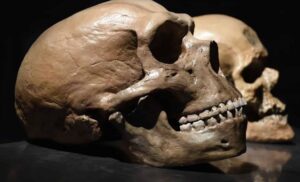
In a significant move to cut costs, Buckingham Palace announced on Monday that the British royal family’s train will be retired by 2027. This decision follows a comprehensive review of its usage and financial viability, as detailed in the Royal Household’s annual financial statement.
The royal train has been a symbol of the monarchy since Queen Victoria’s era, with its first journey dating back to 1842. The current train, introduced in 1977 for Queen Elizabeth II’s Silver Jubilee, comprises nine carriages, including sleeping quarters and an office. However, the costs associated with maintaining and operating the train have become increasingly burdensome.
Financial Implications and Alternatives
According to the Royal Household’s annual accounts report, the expenses for royal rail travel are substantial. For instance, a visit by King Charles to Staffordshire in February incurred a cost of £44,822 ($61,800), while a trip to the Bentley headquarters in Cheshire last year cost over £33,000 ($45,700). Additionally, storing the train at a secure facility in Wolverton, England, adds to these expenses.
The decision to retire the train is partly due to the “significant level of investment required to keep it operational beyond 2027,” as stated in the report. Instead, the royal family will rely more on helicopters, which have proven to be a “reliable alternative.” Over the past year, the royals undertook more than 140 helicopter journeys, with an average cost per trip of around £3,370 ($4,600).
The Sovereign Grant and Public Duties
The announcement of the train’s retirement coincides with the release of the British Royal Household’s annual financial statement, which disclosed that the Sovereign Grant remains at £86.3 million ($118.50 million). This grant, funded by British taxpayers, covers the upkeep of royal palaces and official duties. In exchange, the monarchy transfers all profits from the Crown Estate to the government, a practice established in 1760.
The Sovereign Grant functions like an expense account for the monarch and their representatives, covering travel, staff, and the maintenance of historic properties. Notably, it excludes security costs, which are significant given the numerous public engagements and events attended by the royals.
“The grant system is mad. Funding goes up not because of any need for extra money, but because the grant is linked to government profits from land managed by the Crown Estate,” said Graham Smith, a campaigner for the group Republic.
Modernization and Sustainability Efforts
As part of its modernization efforts, Buckingham Palace is undergoing significant upgrades, including improvements to electric cabling, pipework, elevators, and accessible bathrooms. The Royal Household also plans to increase its use of sustainable aviation fuel (SAF) and continue the electrification of its vehicle fleet. Last year, it announced an aim to transition to an “almost fully electric” fleet, although a target date was not specified.
The royal family’s three main sources of income are the Sovereign Grant, the Duchy of Lancaster and Duchy of Cornwall estates, and their personal property and investments. Despite criticism over the level of funding, the Royal Household maintains that the monarchy provides significant value both domestically and internationally.
“Soft power is hard to measure but its value is, I believe, now firmly understood at home and abroad,” said James Chalmers, Keeper of the Privy Purse.
Looking Ahead
The decision to retire the royal train marks a shift in how the British monarchy manages its resources and public image. As the royal family continues to adapt to modern expectations and financial scrutiny, the focus appears to be on sustainability and efficiency. The upcoming years will likely see further changes as the monarchy balances tradition with the demands of the 21st century.
As the royal train prepares for its final journey, the broader implications for the monarchy’s role and financial management will continue to be a topic of public interest and debate.







